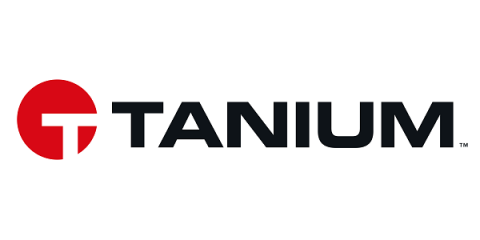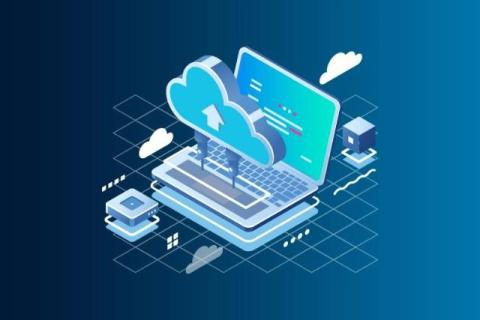Hacked Debit Card? Here's What To Do.
If your debit card has been hacked, you should immediately contact your debit card issuer, place a credit freeze, update your bank account’s password and report the fraud. Getting your debit card hacked is stressful, especially as society moves away from paying in cash.











